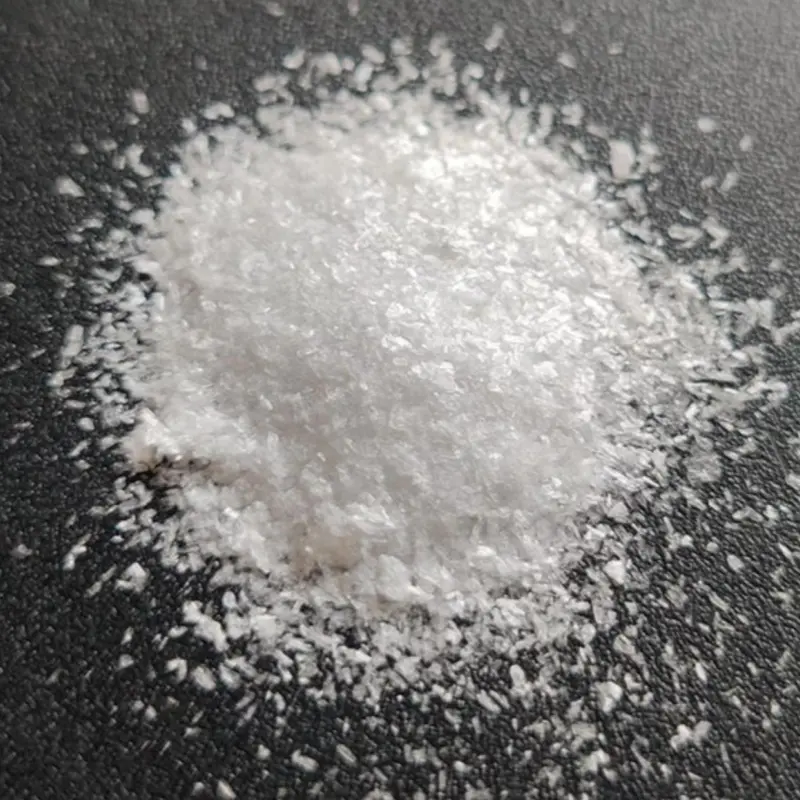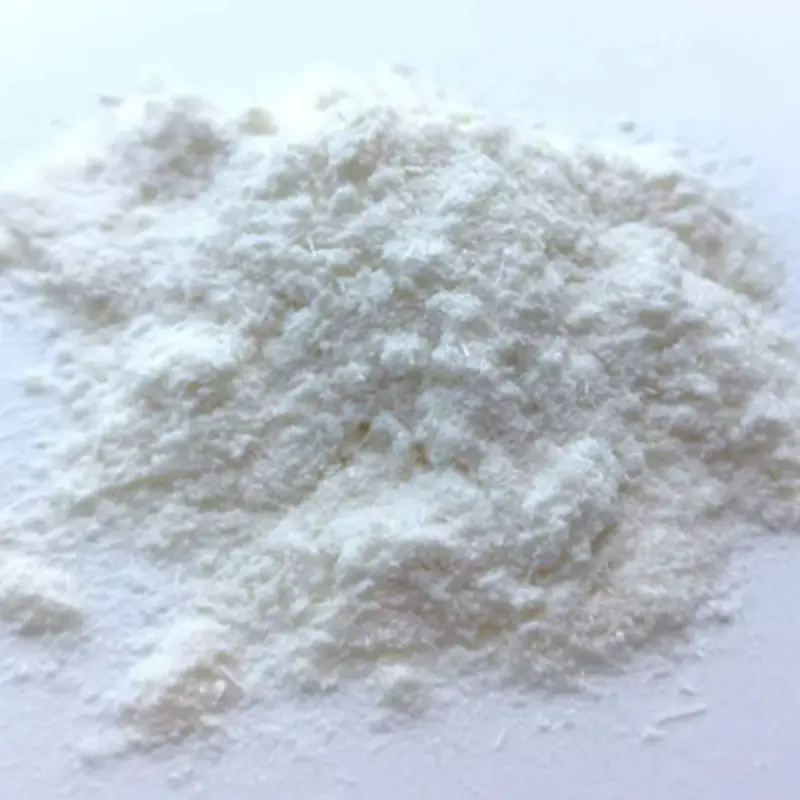+86-15212299029
- All
- Product Name
- Product Keyword
- Product Model
- Product Summary
- Product Description
- Multi Field Search
Views: 220 Author: tcchems Publish Time: 2025-10-29 Origin: Site











Content Menu
● Practical Guidelines for Combination
>> Concentration and Frequency
● Common Concerns and Clarifications
● FAQs
Alpha arbutin and vitamin C are two popular skincare ingredients known for their potential brightening effects and skin-friendly profiles. This article explores how these compounds work, whether they can be used together, the benefits, potential risks, and best practices for formulation and routine integration. By examining the science behind alpha arbutin and vitamin C, readers can make informed decisions about combining these ingredients in their skincare regimen.

Alpha arbutin is a glycosylated form of hydroquinone that inhibits tyrosinase, an enzyme involved in melanin production. It is favored for its perceived safety and stable performance compared to other brightening agents. In cosmetic formulations, alpha arbutin is often used at concentrations ranging from 1% to 2% for effective skin lightening with a lower risk of irritation than harsher compounds.
Alpha arbutin interferes with melanin synthesis by reducing the activity of tyrosinase, which slows the production of pigment in the skin. This results in a more even complexion over time with gradual fading of dark spots and hyperpigmentation.
When used as directed, alpha arbutin has demonstrated favorable safety profiles in many studies. It tends to be well tolerated by most skin types, though some individuals may experience mild irritation or sensitivity, especially at higher concentrations or with prolonged use.
Vitamin C, or ascorbic acid in its active form, is a potent antioxidant that protects skin from free radicals and supports collagen synthesis. It also exhibits brightening effects by inhibiting melanin production and promoting more even skin tone. Vitamin C can be destabilizing in formulations if not properly stabilized, and its efficacy depends on pH, concentration, and packaging.
Ascorbic acid neutralizes reactive oxygen species and upregulates collagen production, while also inhibiting tyrosinase to reduce melanin formation. It contributes to brighter skin and improved texture when used consistently.
To maximize stability, vitamin C is often formulated at acidic pH (around 3.5) and protected by airtight, opaque packaging. Stable derivatives, such as sodium ascorbyl phosphate or ascorbyl glucoside, can offer more forgiving stability profiles in some products.
Many skincare enthusiasts wonder whether alpha arbutin and vitamin C can be combined in a single routine. The general consensus among dermatology and cosmetic science communities is that they can be used together, but careful formulation and timing are important to maximize benefits and minimize irritation.
- Enhanced brightening: Both ingredients influence melanin production through tyrosinase inhibition, potentially offering additive or synergistic effects.
- Improved antioxidant protection: Vitamin C provides antioxidant support, which can complement alpha arbutin's brightening action.
- Stability challenges: Vitamin C is sensitive to air, light, and pH changes. When combined with other actives, formulation stability becomes crucial.
- Irritation risk: Both ingredients can cause irritation in sensitive individuals, especially at higher concentrations or with frequent use.
If you plan to use alpha arbutin with vitamin C, consider the following practical guidelines to optimize safety and efficacy.
- Separate products are often preferred: using a vitamin C serum in the morning and an alpha arbutin treatment at night can reduce potential interactions and stability concerns.
- If combining in a single formula, ensure the product is specifically formulated to support both actives, with proper buffering and stabilization technologies.
- Morning routine: Apply vitamin C after cleansing, allow it to absorb fully, and follow with sunscreen. This helps protect skin from UV-induced pigment formation and takes advantage of the antioxidant protection.
- Evening routine: Use alpha arbutin after cleansing and before any heavier moisturizers or oils. This aligns with skin's nighttime repair processes.
- Alpha arbutin commonly appears at 1%–2%. Start at the lower end to assess tolerance and gradually increase if needed.
- Vitamin C concentrations in serums typically range from 10% to 20% for ascorbic acid. For sensitive skin, 10%–15% is a common starting point. If using a stable derivative, concentrations and pH considerations differ.
- Always perform a patch test when introducing new actives or combinations. Apply a small amount to a discreet area for 24–48 hours and monitor for adverse reactions.
- Daily sunscreen is essential when using brightening actives, as pigment-targeting ingredients can make skin more prone to sun sensitivity. Choose broad-spectrum SPF 30 or higher and reapply as directed.
- Store vitamin C products in opaque, airtight containers away from direct light and heat. Proper packaging helps maintain potency and reduce degradation.
Below are common routine structures for users who want to combine alpha arbutin and vitamin C.
- Cleanser
- Vitamin C serum
- Moisturizer
- Sunscreen
- Cleanser
- Alpha arbutin treatment
- Moisturizer or facial oil
- Day 1: Vitamin C in the morning; alpha arbutin at night
- Day 2: Alpha arbutin in the morning or night, depending on product guidance
- This approach can be adjusted based on skin tolerance and product instructions.
- Will alpha arbutin with vitamin C cause photosensitivity? Vitamin C can increase photosensitivity in some individuals, so diligent sunscreen use is important. Alpha arbutin itself is not typically known to cause photosensitivity, but any brightening agent can make the skin more sun-sensitive.
- Can I use alpha arbutin in the same bottle as vitamin C? Only if the product is specifically formulated to combine these actives. Otherwise, separate products are safer to ensure stability and efficacy.
- Are there better alternatives? Depending on goals, other brightening ingredients like niacinamide, licorice extract, or azelaic acid may be considered. These can sometimes be combined with vitamin C, but always verify compatibility with the specific formulation and skin type.

Q1: Can alpha arbutin and vitamin C be used daily?
A1: Yes, but start slowly and monitor for irritation. Use vitamin C in the morning and alpha arbutin in the evening or as directed by product instructions.
Q2: Will using both reduce my dark spots faster?
A2: They may offer additive effects by targeting melanin production, but results vary by individual skin type and consistency of use.
Q3: Should I use a pH-balanced vitamin C if pairing with alpha arbutin?
A3: Yes. A stable vitamin C formulation or derivative with appropriate pH supports efficacy and reduces irritation when combined with other actives.
Q4: Can sensitive skin tolerate both ingredients?
A4: It can, with cautious introduction, lower concentrations, and adherence to patch testing.
Q5: Is it necessary to alternate or layer in a specific order?
A5: Layer vitamin C in the morning and alpha arbutin in the evening unless a dual-action product is specifically formulated for simultaneous use. Always follow product directions.
Hot Tags: China, Global, OEM, private label, manufacturers, factory, suppliers, manufacturing company



